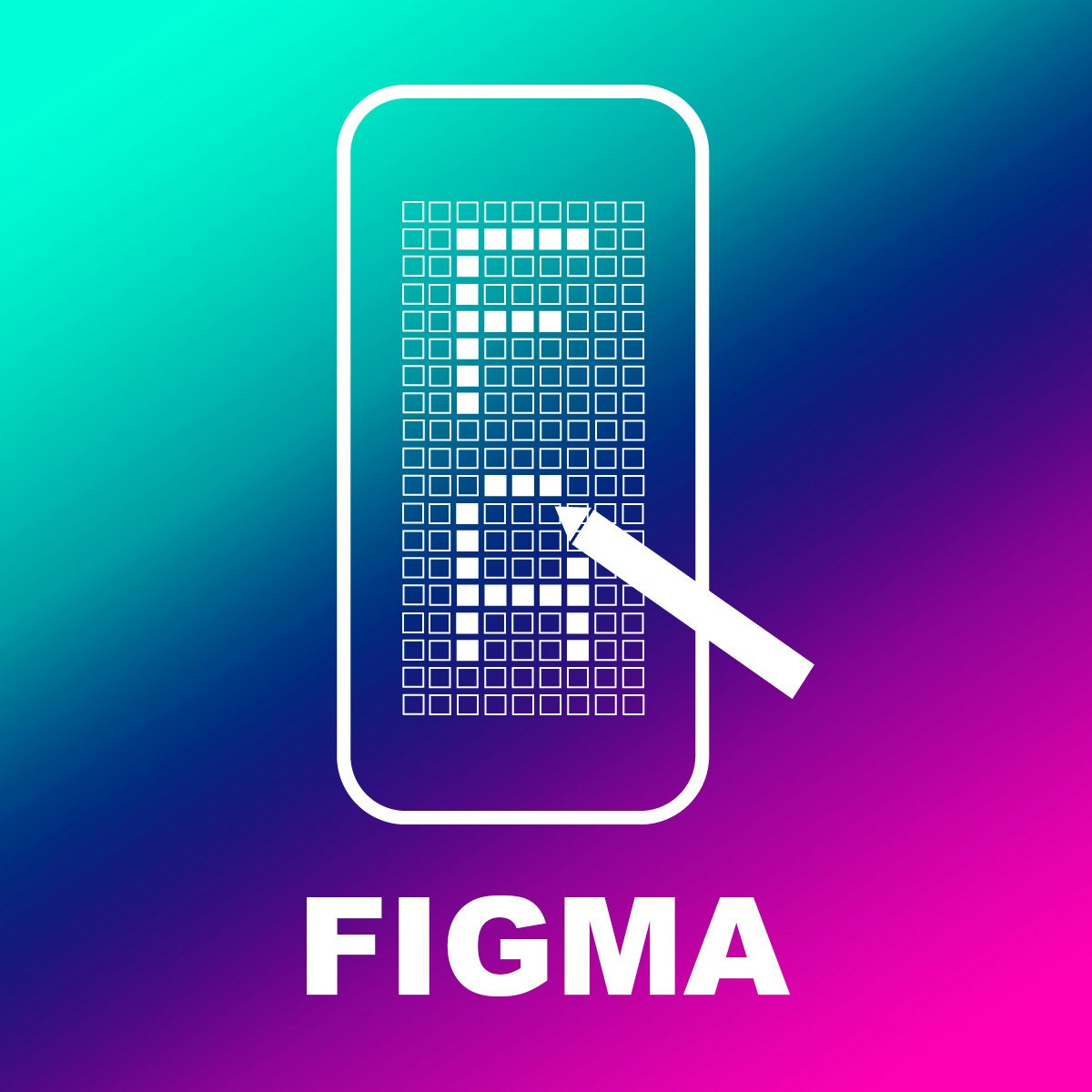
In this 1 hour guided project, you will first learn the fundamental principles of high-fidelity prototyping. Then you will learn the basic techniques of using Figma to create a high-fidelity prototype for a pizza restaurant mobile application. High-fidelity prototypes closely resemble the final product and give users and developers a real taste of how the features work. Finally you will learn how to share your work with team members and clients to refine your design with them. Prior knowledge with basic mobile application user interface is recommended.
Read more
In this 1 hour guided project, you will first learn the fundamental principles of high-fidelity prototyping. Then you will learn the basic techniques of using Figma to create a high-fidelity prototype for a pizza restaurant mobile application. High-fidelity prototypes closely resemble the final product and give users and developers a real taste of how the features work. Finally you will learn how to share your work with team members and clients to refine your design with them. Prior knowledge with basic mobile application user interface is recommended.
In this 1 hour guided project, you will first learn the fundamental principles of high-fidelity prototyping. Then you will learn the basic techniques of using Figma to create a high-fidelity prototype for a pizza restaurant mobile application. High-fidelity prototypes closely resemble the final product and give users and developers a real taste of how the features work. Finally you will learn how to share your work with team members and clients to refine your design with them. Prior knowledge with basic mobile application user interface is recommended.
An account with Figma is required for this project. If you do not already have an account. You can create a free account with Figma. To make your learning experience smoother, please do so prior to starting the project.
What's inside
Syllabus
Good to know
Save this course
Activities
Gather Prototyping Resources
Show steps
Organize and curate a collection of prototyping resources, including articles, videos, and tools, for future reference
Browse courses on
Prototyping Tools
Show steps
-
Search for prototyping resources online
-
Save or bookmark useful articles and videos
-
Create a document or spreadsheet to organize your resources
-
Include a variety of resources, such as tutorials, best practices, and case studies
Start a Personal Prototyping Project
Show steps
Undertake a personal prototyping project to showcase your skills and develop your portfolio
Browse courses on
Capstone Project
Show steps
-
Choose a project idea that interests you
-
Define the scope and goals of your project
-
Create a timeline and milestones
-
Work on the project regularly
-
Seek feedback and refine your prototype
Show all two activities
Gather Prototyping Resources
Show steps
Organize and curate a collection of prototyping resources, including articles, videos, and tools, for future reference
Browse courses on
Prototyping Tools
Show steps
- Search for prototyping resources online
- Save or bookmark useful articles and videos
- Create a document or spreadsheet to organize your resources
- Include a variety of resources, such as tutorials, best practices, and case studies
Start a Personal Prototyping Project
Show steps
Undertake a personal prototyping project to showcase your skills and develop your portfolio
Browse courses on
Capstone Project
Show steps
- Choose a project idea that interests you
- Define the scope and goals of your project
- Create a timeline and milestones
- Work on the project regularly
- Seek feedback and refine your prototype
Career center
UI/UX Designer
Product Designer
Interaction Designer
Visual Designer
Front-End Developer
Mobile Application Developer
User Researcher
Information Architect
Software Engineer
Business Analyst
Project Manager
Technical Writer
Salesforce Administrator
Customer Success Manager
Marketing Manager
Reading list
Share
Similar courses
OpenCourser helps millions of learners each year. People visit us to learn workspace skills, ace their exams, and nurture their curiosity.
Our extensive catalog contains over 50,000 courses and twice as many books. Browse by search, by topic, or even by career interests. We'll match you to the right resources quickly.
Find this site helpful? Tell a friend about us.
We're supported by our community of learners. When you purchase or subscribe to courses and programs or purchase books, we may earn a commission from our partners.
Your purchases help us maintain our catalog and keep our servers humming without ads.
Thank you for supporting OpenCourser.



